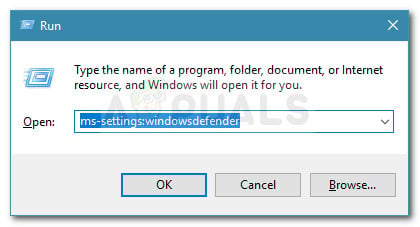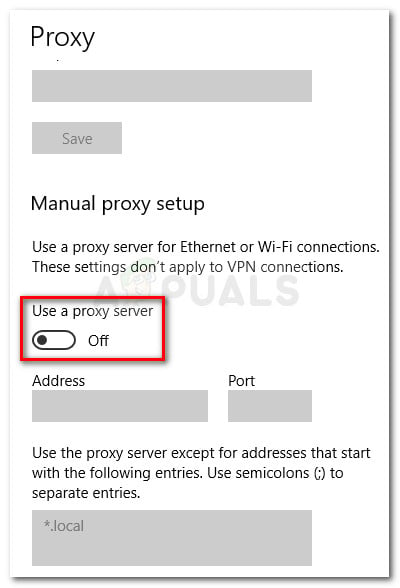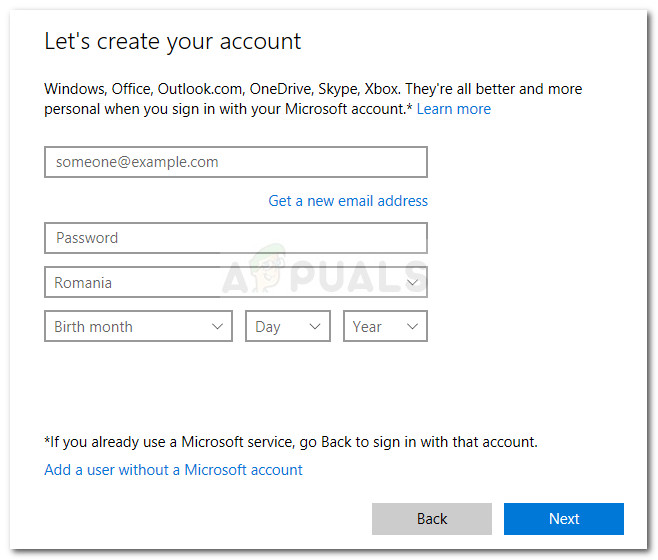How to Fix ‘Windows Smartscreen can’t be reached’
Windows Smartscreen can't be reached
The “Windows SmartScreen can’t be reached right now” error during software installation means that Windows’ security feature, SmartScreen, can’t check if the app is safe. This usually happens when SmartScreen can’t connect to Microsoft’s servers to verify the app.

Common reasons include internet connection problems, incorrect system settings, or interference from other software.
Now that you know the causes, let’s discuss the solutions.
1. Ensure that SmartScreen is Enabled
Checking that SmartScreen is turned on lets Windows connect to Microsoft’s servers to check app safety. This setting makes sure SmartScreen works properly, blocking harmful apps and boosting system security.
- Press Windows key + R to open the Run dialog box, type “ms-settings:windowsdefender“, and press Enter to access the Windows Security tab of the Settings app.

Run dialog: ms-settings:windowsdefender - Click the Open Windows Defender Security Center button under Windows Security.
- In the Windows Defender Security Center, select App & browser control.

Select App & browser control - Ensure the Check apps and files toggle is set to Warn. Verify the same setting for SmartScreen for Microsoft Edge and SmartScreen for Microsoft Store apps.

Set toggle to Warn - If SmartScreen was disabled, reboot your computer after making the changes to see if the error is resolved at the next startup.
2. Verify Whether SmartScreen is Down For Maintenance
Before taking potentially unnecessary steps, check Microsoft’s communication channels or forums for any announcements about scheduled or unexpected maintenance. Good starting points include the Microsoft Answers forum and the Windows Twitter account. Additionally, conducting an online search may reveal recent discussions or updates about SmartScreen.
3. Disable Proxy Server (if applicable)
Sometimes, hidden network settings can block important connections. Turning off a proxy server, if it’s enabled, gives SmartScreen a direct link to Microsoft’s servers. This is important for checking if apps are safe.
Note: If you don’t use a proxy server, skip this step and move to the next one.
- Press Windows key + R to open the Run dialog box, type “ms-settings:network-proxy“, and press Enter to open the Proxy tab in the Settings app.

Run dialog: ms-settings:network-proxy - In the Proxy tab, scroll to Manual proxy setup and ensure the Use a proxy server toggle is set to Off.

- Restart your computer.
4. Creating a New Windows User Account
Creating a new user profile can fix problems that block SmartScreen’s connection. By setting up a new Windows account, you can remove any hidden or corrupt settings in your current profile that might be preventing SmartScreen from doing its security checks.
- Press Windows key + R to open the Run dialog box. Type “ms-settings:otherusers” and press Enter to access the Family & other people tab in the Accounts menu.

Run dialog: ms-settings:otherusers - Click Add someone else to this PC, then I don’t have this person’s sign-in information.
- Enter the necessary details (email, password, country, birth date) and click Next.

Insert user credentials Note: For a local user account, select Add a user without a Microsoft account.
- After creating the account, click on the Start icon, choose the account icon, and select Sign out.

- On the sign-in screen, select and log in with your new account.
- Check if the issue is resolved by opening a native Windows app.





